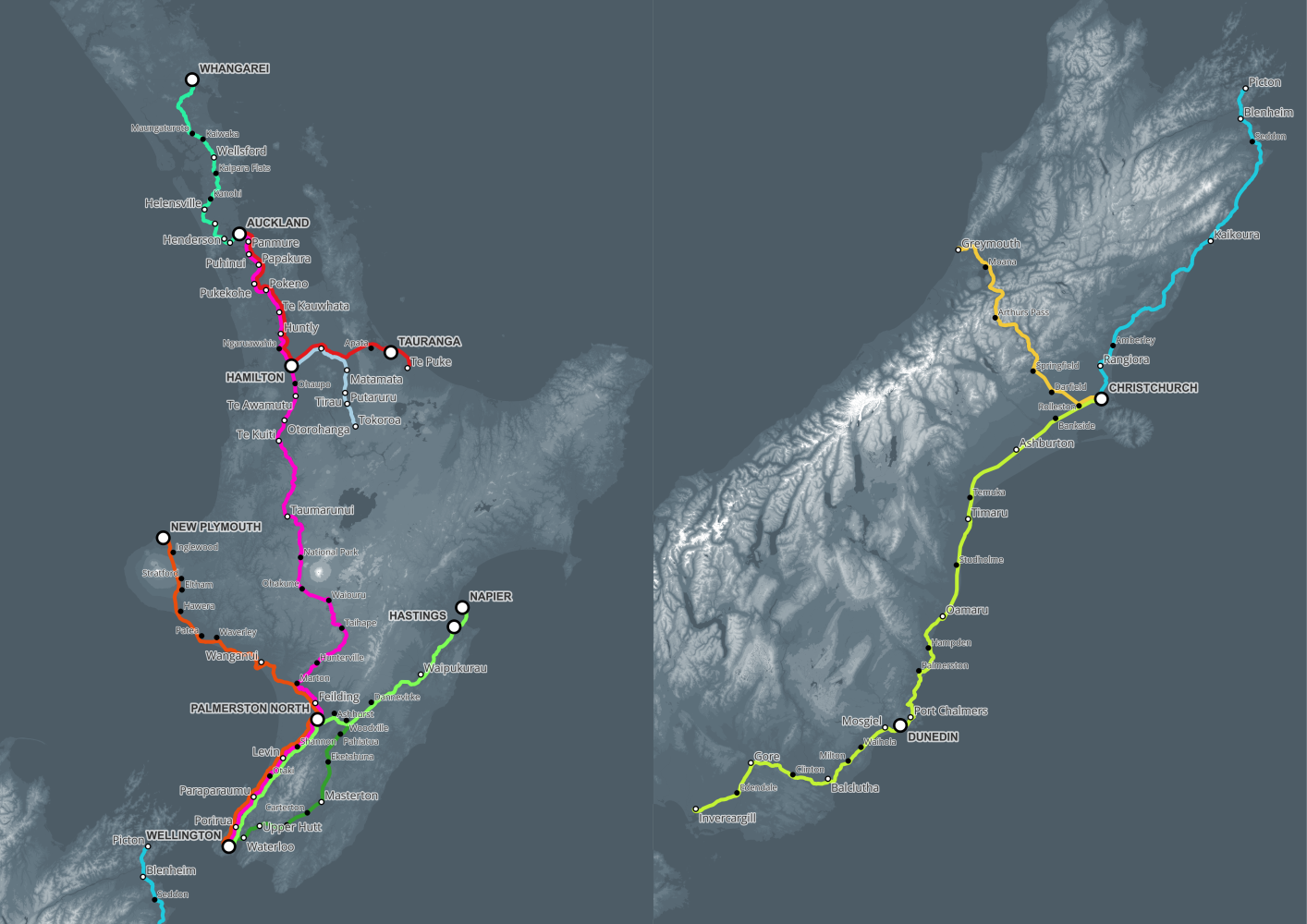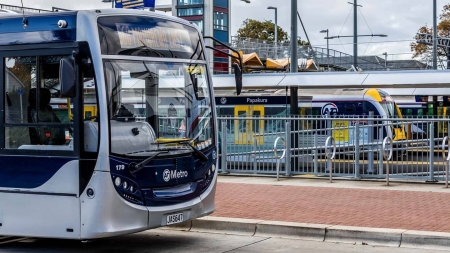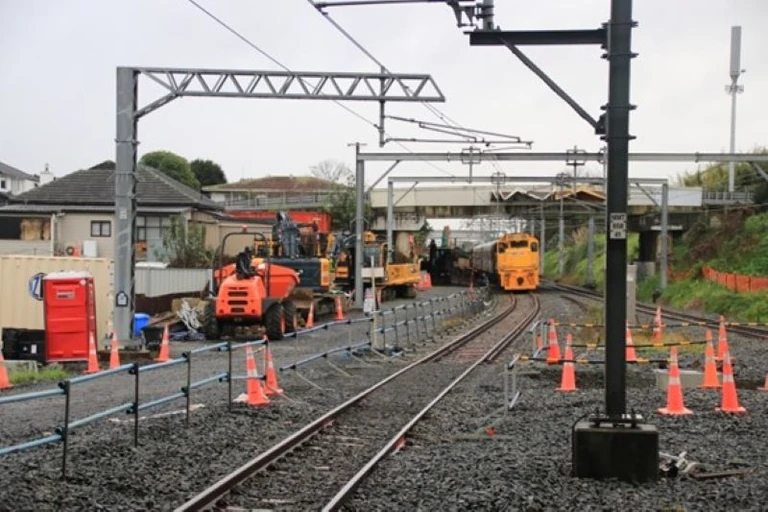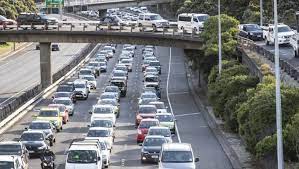Between 1936 to 1978, Aotearoa New Zealand had a national regional passenger rail network covering 14 of the 16 regions from Opua in the North Island to Invercargill in the South Island, using a fleet of 50 bidirectional diesel powered railcars, consisting of fifteen 48 to 52 seat single carriage units and thirty five 88 seat articulated twin carriage units operating on regional, inter-regional and main line routes, complimenting long distance passenger train services at the time.
Currently, 13 of the 16 regions in New Zealand, have rail connectivity with a potential catchment of approximately 84% of the country's population, add in the changes to the Land Transport Management Transport Act 2003 in 2023, allowing regional council's to work together on inter-regional public transport project's and the rollout of Motu Move - national 'tap & travel' payment system in 2024, sets the framework for the re-introduction of 'frequent' metro (Christchurch and Dunedin), intra and inter-regional passenger rail service's between Whangarei and Bluff, Hamilton, Rotorua and Tauranga, Napier/Hastings, Whanganui and New Plymouth and Christchurch, Westport and Hokitika and most communities in between, using a standardised fleet of next generation, environmentally friendly, bidirectional, bi-mode 4-5 carriage passenger train sets connecting with local metro bus/train, regional 'public transport' bus and commercialised long distance coach services.

The re-introduced intra and inter regional passenger rail services would be a 'design, build, finance, maintain and operate' (DBFMO) public/private partnership on a 20 to 25 year agreement with an option if the government decides to buy out the agreement.
The agreement would also include building 2 heavy maintenance facilities (one in the North Island and one in the South Island), 4 regional maintenance and stabling facilities and 10 regional stabling facilities, training of train crews and maintenance personal, 5 yearly train refurbishments and technology upgrades over the duration of the agreement. building of environmentally friendly fuel infrastructure, upgrading and rebuilding of railway stations across the regional passenger rail network.
The national regional passenger rail fleet would be jointly owned by the reformed New Zealand Railways Corporation, a statutory corporation and the various private contractors through the creation of a joint venture partnership entity.
Since intra/inter regional passenger rail services would operate as 'public transport' service's, funding would come from the new national public transport development and funding agency using of funds from the National Land Transport Fund, fares from the national contactless 'tap and travel' payment system and from tailored funding solutions based on a regional council public transport plans and the region's population density and rate payer base.
Come on New Zealand, lets think 2040 not 1990, as intra/inter regional passenger rail is a sustainable, environmentally friendly way of moving people around the country for work, conventions, tourism, education, business, leisure, visiting friends/family creating regional economic growth.
For further information concerning the points raised in this article:
- Does New Zealand rail network actually serve New Zealanders?
- Light rail for branch lines
- Motu Move - National public transport payment system
- Its time for a national public transport network
If you support a national regional passenger rail network concept, have your say or become proactive by getting involved in local better public transport campaign groups.




